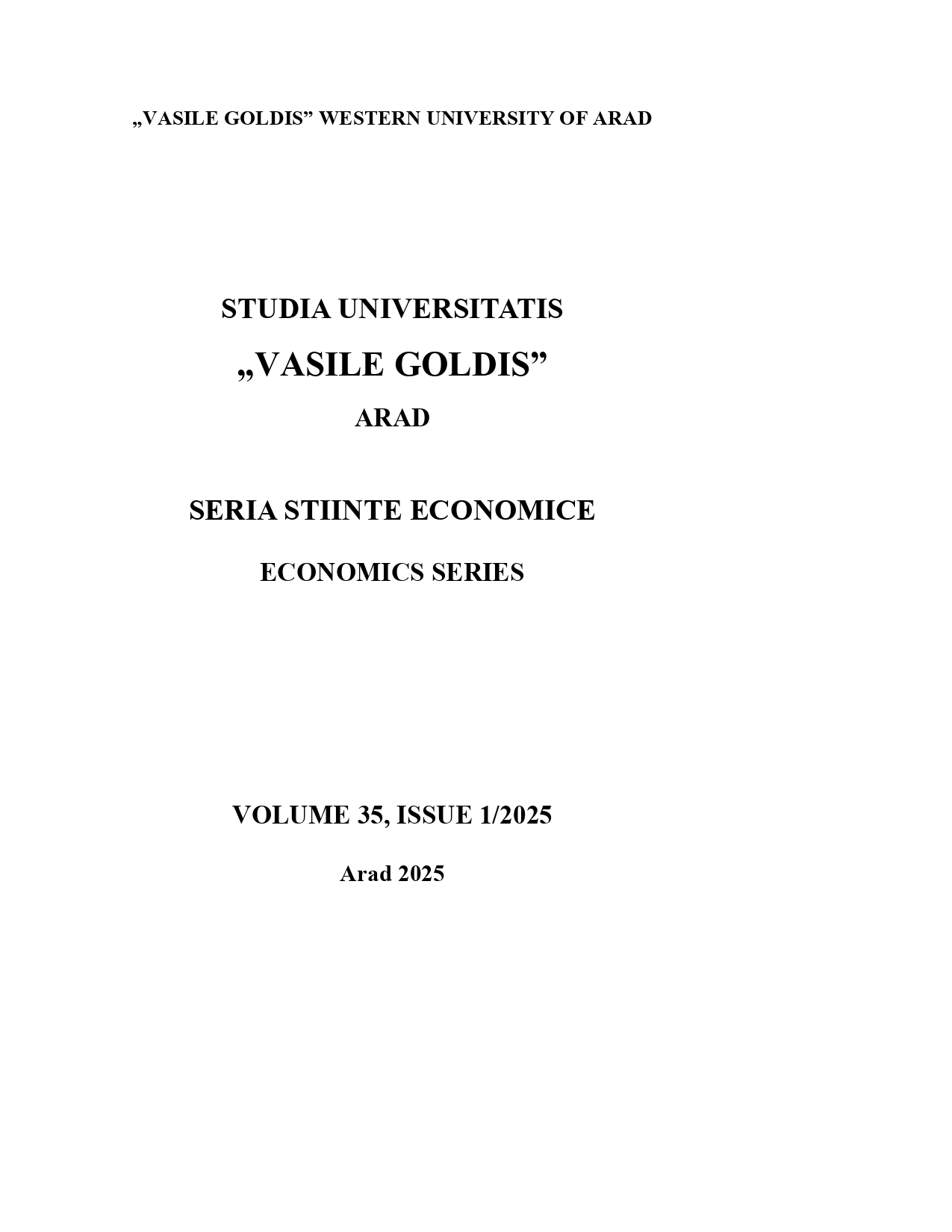THE DYNAMICS OF LABOR INCOME SHARE IN AN ERA OF ROBOTIC AUTOMATION: A PANEL DATA ANALYSIS IN HIGH-LEVEL AUTOMATION COUNTRIES
THE DYNAMICS OF LABOR INCOME SHARE IN AN ERA OF ROBOTIC AUTOMATION: A PANEL DATA ANALYSIS IN HIGH-LEVEL AUTOMATION COUNTRIES
Author(s): Kemal Erkişi, Melike ÇetinSubject(s): National Economy, Human Resources in Economy
Published by: Editura Universităţii Vasile Goldiş
Keywords: Robotic Automation; Labor Income; Robotic Capital; Technological Change; Panel Data.
Summary/Abstract: This study examines the impact of robotic capital, physical capital, technological change, human capital, and trade globalization on labor income share dynamics in the era of robotic automation. Focusing on China, Germany, Japan, South Korea, and the United States – countries responsible for 79.2% of global industrial robotic installations from 2010 to 2023 – our analysis employs key variables such as labor income share, annual industrial robot installations, gross fixed capital formation, researchers in research and development, human capital index, and trade of goods and services. Estimations using Arellano-Bond, Generalized Estimating Equations, Driscoll-Kraay, and Arellano-Froot-Rogers methods reveal a consistent negative association between labor income share and robotic capital. Conversely, a positive relationship is observed with research and development. Notably, the study underscores the consistent negative impact of physical capital accumulation on labor income share across the Arellano-Bond, Driscoll-Kraay, and Arellano-Froot-Rogers methods. Furthermore, globalization, as assessed by the Arellano-Bond, Generalized Estimating Equations, and Driscoll-Kraay methods, is identified as a factor adversely affecting labor income share.
Journal: Studia Universitatis Vasile Goldiş, Arad - Seria Ştiinţe Economice
- Issue Year: 35/2025
- Issue No: 1
- Page Range: 113-139
- Page Count: 27
- Language: English

